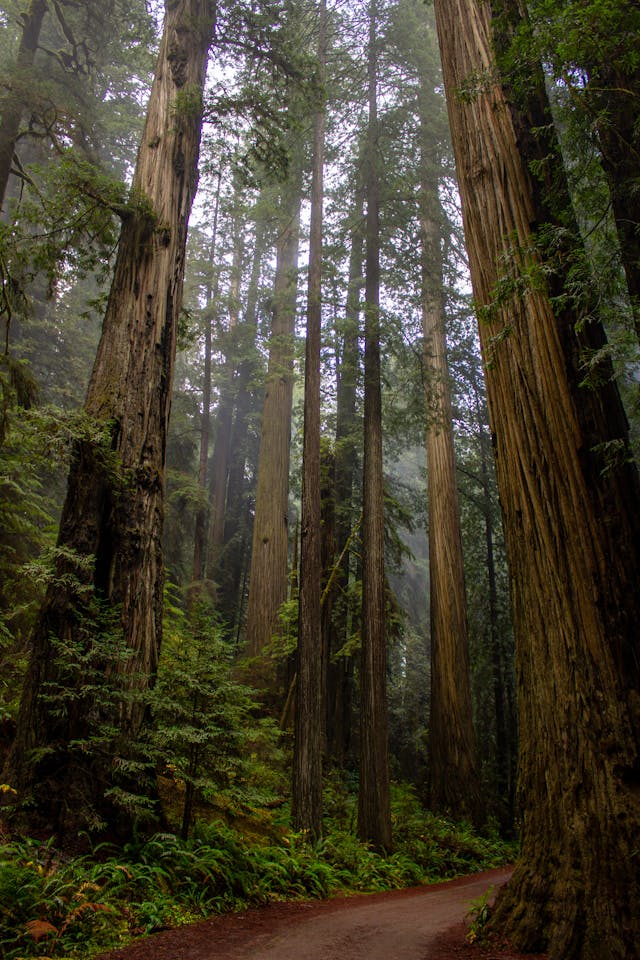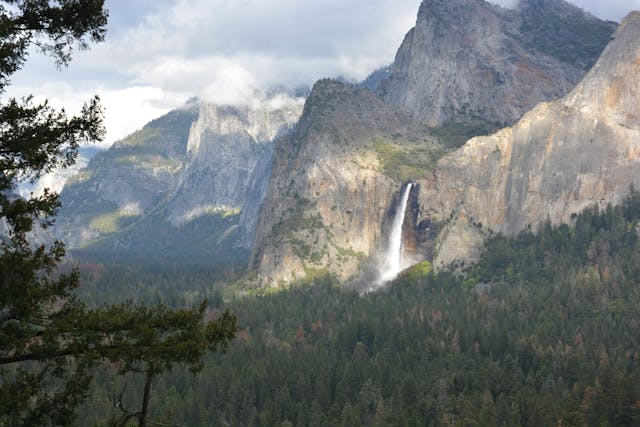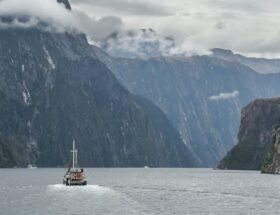Yosemite National Park is a place that captivates nature lovers, photographers, hikers, and anyone who craves a sense of awe. Nestled in California’s Sierra Nevada mountains, Yosemite offers an unforgettable blend of towering granite cliffs, pristine waterfalls, giant sequoias, and meadows filled with wildflowers. If you’re planning your first (or next) trip to this stunning national park, here’s what you need to know about what to see, the best time to visit, and how long to stay.
What to See in Yosemite National Park
Yosemite is vast, so it’s important to prioritize the must-see spots, especially if you’re on a tight schedule. Here are some of the top attractions:
1. Yosemite Valley
Arguably the heart of the park, Yosemite Valley is home to some of the most iconic sights. This is where you’ll find El Capitan, the towering granite monolith famous among rock climbers, and Half Dome, another massive rock formation that provides challenging hikes for those seeking adventure. Also in the valley, you can visit Bridalveil Fall, a 620-foot waterfall that flows year-round, and Yosemite Falls, one of the tallest waterfalls in North America at 2,425 feet.
2. Glacier Point
If you want one of the best panoramic views of the park, Glacier Point is where you should head. From here, you’ll get a bird’s eye view of Yosemite Valley, Half Dome, and many waterfalls. The drive to Glacier Point is seasonal, so it’s best to visit in the warmer months (more on that later).
3. Mariposa Grove
Yosemite isn’t just about granite cliffs and waterfalls—it’s also home to some of the largest trees on Earth. The Mariposa Grove of Giant Sequoias, located near the southern entrance, offers peaceful trails where you can walk among these ancient giants, some of which are over 2,000 years old.
4. Tunnel View
For a picture-perfect view of Yosemite Valley, El Capitan, Half Dome, and Bridalveil Fall all in one shot, Tunnel View is the place to go. The view is especially stunning at sunrise or sunset when the golden light hits the granite walls.
5. Tuolumne Meadows
If you’re visiting in summer or early fall, Tuolumne Meadows offers a peaceful escape from the more crowded Yosemite Valley. The meadows are surrounded by peaks, with nearby hiking trails leading to lakes, rivers, and vistas that are less explored but equally beautiful.

Which Season is Best to Visit?
Yosemite offers something special in every season, but the best time to visit depends on what you want to experience.
Spring (March to May)
Spring is the best time to see Yosemite’s waterfalls at their most powerful, thanks to the snowmelt. The weather is cool and pleasant, wildflowers begin to bloom, and the park is less crowded than in the summer. Glacier Point Road and Tioga Road may still be closed due to snow, but the valley is accessible.
Summer (June to September)
Summer is Yosemite’s busiest season, but it’s also when the entire park is open. If you want to access the high country (like Tuolumne Meadows) and experience all the hikes, this is the time to go. However, popular spots in Yosemite Valley can get quite crowded. Be sure to book accommodations well in advance, and if you can, get an early start on hiking trails to beat the crowds.
Fall (October to November)
Fall is quieter, the temperatures are cooler, and the fall colors start to emerge in the park, especially in the meadows and along the Merced River. Waterfalls may not be as full as they are in the spring, but you’ll still enjoy stunning views. It’s a great time for photography and hiking without the summer crowds.
Winter (December to February)
Winter transforms Yosemite into a snowy wonderland. If you enjoy snowshoeing, skiing, or simply taking in the beauty of snow-draped landscapes, this is a magical time to visit. The valley’s waterfalls might freeze into beautiful ice formations, and the park is much less crowded. However, Glacier Point and Tioga roads are closed during this season, so you’ll be limited to Yosemite Valley and some lower-elevation areas.
How Long to Stay in Yosemite
The length of your stay in Yosemite really depends on what you want to see and do. Here’s a breakdown to help you plan:
One Day
If you only have one day, focus on Yosemite Valley. Spend your time viewing El Capitan, Half Dome, and Yosemite Falls. You can drive to Tunnel View and take in the iconic view of the valley. If you’re up for a hike, the Mist Trail to Vernal and Nevada Falls is a rewarding choice, though it will take a good part of your day.
Two to Three Days
With two or three days, you can explore the highlights of Yosemite Valley and venture beyond. Consider adding a trip to Glacier Point and Mariposa Grove. If you’re into hiking, this is a great opportunity to tackle some of the more challenging trails like the Four-Mile Trail or even the hike to Half Dome (permit required).
Four Days or More
If you’re staying for four or more days, you can truly get off the beaten path. Explore Tuolumne Meadows, hike to Cathedral Lakes, or backpack through some of Yosemite’s high country. You’ll also have time to take scenic drives along Tioga Road and enjoy more leisurely activities like stargazing or visiting the park’s historic sites.

Final Thoughts
Whether you’re chasing waterfalls in the spring, enjoying serene meadows in the summer, marveling at fall colors, or embracing the quiet beauty of winter, Yosemite National Park has something for everyone. For the full Yosemite experience, a stay of three to four days is ideal, allowing you to explore both the popular spots and the hidden gems. Just remember to plan ahead, especially if you’re visiting during the busy summer months.
Yosemite is more than just a destination—it’s a place where nature’s beauty will leave you feeling refreshed and inspired. Happy travels from GertieBlu!









